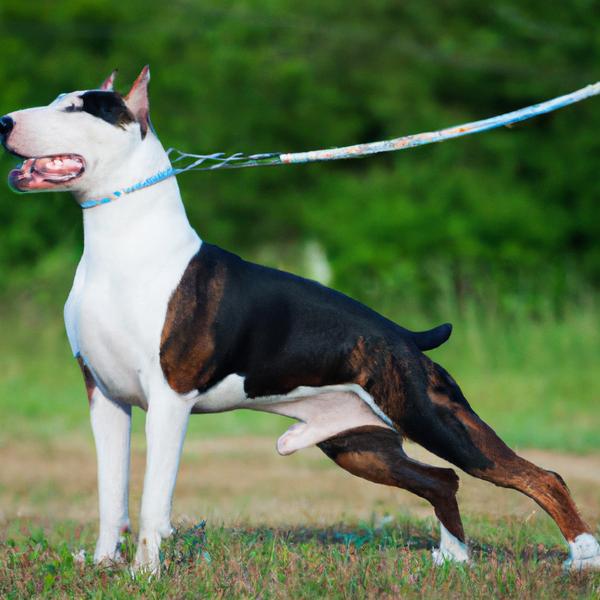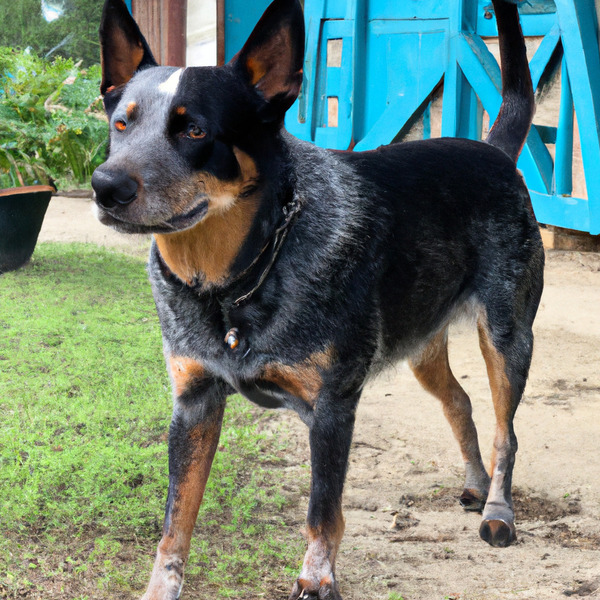Bullwhip vs. Texas Heeler: Breed Differences and Similarities
Hypoallergenic
Are Bullwhips or Texas Heelers hypoallergenic, or neither?
Unfortunately, neither Bullwhip nor Texas Heeler are hypoallergenic, which may not make them the best choice for dog lovers who suffer from pet allergies.
Temperament
What are the personalities of Bullwhip and Texas Heeler dogs?
Loving
Courageous
Intelligent
Friendly
Affectionate
Lively
Gentle
Social
Outright
Sweet
Aggressive
Companionable
Adaptable
Quiet
Clever
Stubborn
Obedient
Shedding Level
Do Bullwhips shed more than Texas Heelers, or which breed sheds more, Bullwhips or Texas Heelers?
Bullwhip or Texas Heeler dogs are not heavy shedders, but they will lose a significant amount of hair each year. To decrease the amount of shedding, you can regularly brush your Bullwhip or Texas Heeler. This will remove loose hair and keep their coat growing in the same direction.
Watchdog Ability
Which dog breed makes a better watchdog, the Bullwhip or Texas Heeler?
Avoid Bullwhips as watchdogs - they're not effective.
Texas Heelers are decent watchdogs - they'll alert their owner if something seems amiss.
Ancestry
What are the origins of Bullwhip and Texas Heeler breeds?
Bulldog and Whippet
Australian Shepherd and Australian Cattle Dog
Breed recognition
Which kennel clubs recognize/register Bullwhip and Texas Heeler?
DRA = Dog Registry of America, Inc.
American Canine Hybrid Club
Dog Registry of America Inc.
Animal Research Foundation
Date of Birth
When were Bullwhip and Texas Heeler breeds first developed?
Unknown
1970s
Litter Size
What is the usual litter size for Bullwhip and Texas Heeler?
A Bullwhip can have a litter of 4-8 puppies on average. However, it's worth noting that the size of the litters can vary greatly. Factors that can influence litter size include the health of the mother, breeding history, and genetics.
A Texas Heeler can have a litter of 13-15 puppies on average. However, it's worth noting that the size of the litters can vary greatly. Factors that can influence litter size include the health of the mother, breeding history, and genetics.
Adaptability
Bullwhips are highly adaptable and versatile, making them excellent companions for families and individuals of all lifestyles.
Texas Heelers have average adaptability to changes in lifestyle and living environments compared to other breeds.
Health Issues
Between Bullwhip and Texas Heeler, which breed is more prone to health problems?
Bullwhips typically have low vet costs due to their good health, but it's important to monitor their health and seek vet care when necessary.
Texas Heelers are susceptible to health issues like all breeds, so it's important to monitor their health and seek veterinary care when needed.
Major Concerns
What are the major health concerns for Bullwhip and Texas Heeler breeds?
Entropion
Gastric Torsion
Distichiasis
Elbow Dysplasia
Hip Dysplasia
Osteochondritis Dissecans
Progressive Retinal Atrophy (PRA)
Collie Eye Anomaly (CEA)
Minor Concerns
What minor health issues should be kept in mind when owning Bullwhip and Texas Heeler?
Colitis
Elbow
Deafness
Cataracts
Epilepsy
Occasional Tests
What occasional tests are recommended for Bullwhip and Texas Heeler breeds?
Eye
Elbow
Blood Test
X-Rays
Eye Examination
Physical Examination
Eye Examination
Blood Analysis
Hearing Tests
Full Body Physical Examination
Energy
How do the energy levels of Bullwhips and Texas Heelers compare?
Bullwhips are a good choice for a low-key lifestyle due to their low energy levels.
Texas Heelers are suitable for those with a balanced lifestyle as they have an average energy level.
Social Needs
Bullwhip vs Texas Heeler social needs comparison
Bullwhip has above average social needs and thrives with interaction with humans and other dogs.
Texas Heeler has below average social needs and is content with spending time alone.
Exercise Needed
Bullwhip vs Texas Heeler exercise need comparison.
Bullwhips require significant physical activity and suit those with an active lifestyle.
Texas Heelers need moderate physical activity and are great for families and active individuals.
Sleeping Need
Which of the two sleeps the most/least: Bullwhip or Texas Heeler?
Bullwhip and Texas Heeler breeds are known to have moderate energy levels and normal sleep patterns, typically sleeping around 12-14 hours per day.
Tendency to Bark
Do Bullwhips or Texas Heelers bark more/less frequently?
Bullwhip and Texas Heelers are known to bark very little or not at all. They tend to be very quiet and do not bark excessively. They may only bark in specific situations, such as when they need to alert their owner to something important or when they are in distress.
Mouthiness
Mouthiness Comparison: Bullwhip vs Texas Heeler?
Roaming urge
Bullwhip vs Labrador: Running away tendency?
Prey Drive
Bullwhip or Texas Heeler - which breed has a higher level of prey drive?
Past times
What are some enjoyable activities and ways to keep Bullwhip and Texas Heeler entertained?
Sit, Walk
Fetch, Road trip, Dog Parks, Shopping, Walk, Swim, Tug-of-war, Hide & Seek, Running, Training, Cuddles, Herding, Run, Walking, Cuddling, Tricks, Playdate, Run outside, Walks, Playing, Barking, Water, Digging, Eating Snacks, Bath time, Hiking, Snacking, Swimming, Learning tricks, Snuggles
Tolerance of being left alone
Grooming
Which breed is easier to maintain in terms of grooming, Bullwhips or Texas Heelers?
The Bullwhip has low grooming needs and is easy to maintain.
The Texas Heeler is a low-maintenance breed that doesn't require much grooming.
Intelligence
Comparing Intelligence: Bullwhips vs Texas Heelers
Bullwhip has below average obedience intelligence, but they excel in understanding human emotions.
Texas Heelers are average in obedience intelligence but have a high IQ and may cause trouble if left unsupervised.
Sensitivity Level
How do Bullwhip and Texas Heeler compare in sensitivity?
This breed is sensitive to its environment and best suited for patient and understanding families with a consistent routine.
This breed is sensitive and requires gentle handling and a calm home environment.
Affection Dependance
Which is the more affectionate dog breed: Bullwhip vs Texas Heeler?
Apartment Friendly
Which breed is more apartment-friendly: Bullwhip or Texas Heeler?
Bullwhips make excellent apartment dogs, being fairly active indoors and not requiring a yard.
Texas Heelers can do well in apartments with enough exercise and time outside, but a small yard would be ideal.
Child Friendly
Do Bullwhips or Texas Heelers have a friendlier temperament towards children?
Bullwhips make excellent family pets for kids due to their gentle, protective nature and calm temperament.
Texas Heelers have an average level of friendliness towards children.
Senior-friendly
Which dog is more suitable as a pet for the elderly - Bullwhip or Texas Heeler?
Cat Friendly
Do Bullwhip or Texas Heeler breeds have a better compatibility with cats?
Bullwhips are average in their friendliness toward cats and tend to do well with them, especially if raised together.
Texas Heelers are somewhat cat friendly and can be trained to get along with cats.
Dog Friendly
Which breed is more sociable with other dogs: Bullwhip or Texas Heeler?
Bullwhips are friendly and active companions, and can be good family pets, though their friendliness towards other dogs may vary.
Texas Heelers are average in their friendliness towards other dogs, and socialization can help.
Pet friendly
How do Bullwhip or Texas Heeler dogs interact with other pets?
Stranger Friendly
Which breed is more friendly with strangers: Bullwhip or Texas Heeler?
Bullwhips are friendly but may bark at strangers, and training is easy due to their intelligence.
Texas Heelers are averagely friendly around strangers but benefit from early socialisation.
Playfulness
Which breed is more playful between Bullwhip and Texas Heeler?
Bullwhips are not known for being a highly playful breed.
Texas Heelers have an average level of playfulness, enjoying playtime like most dogs but not excessively so.
Trainability
How do the trainability levels of Bullwhips and Texas Heelers compare?
Bullwhip and Texas Heeler dogs are usually easy to train, but may require consistency to fully obey commands.
Compare Bullwhip with other breeds
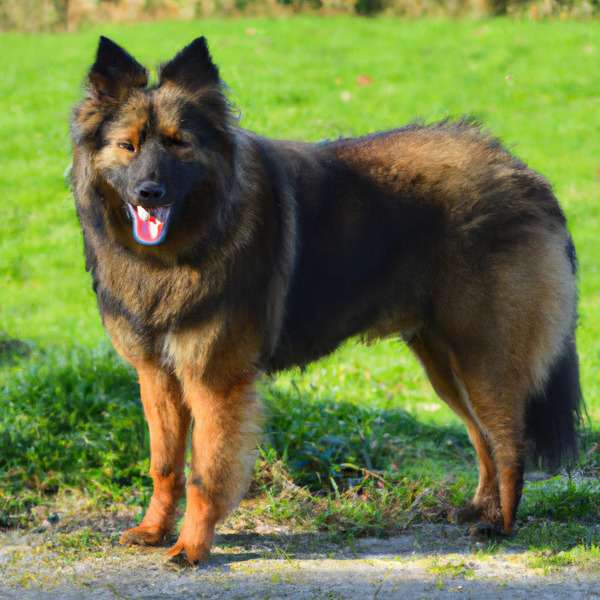
Basque Shepherd
Bullwhip vs Basque Shepherd
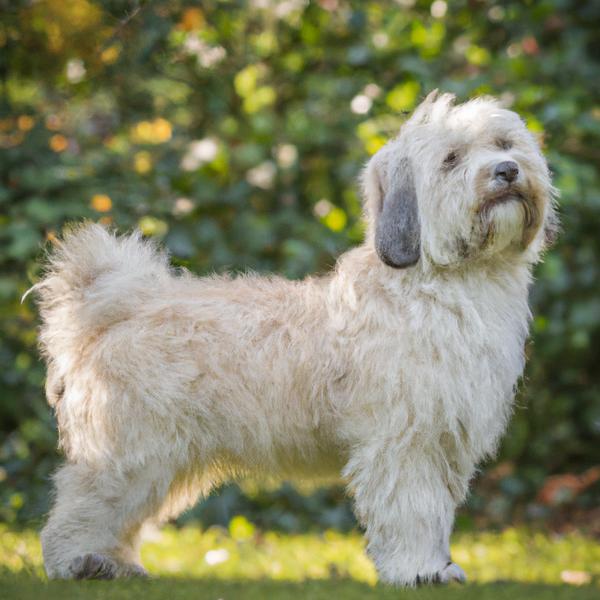
Dandie Dinmont Terrier
Bullwhip vs Dandie Dinmont Terrier
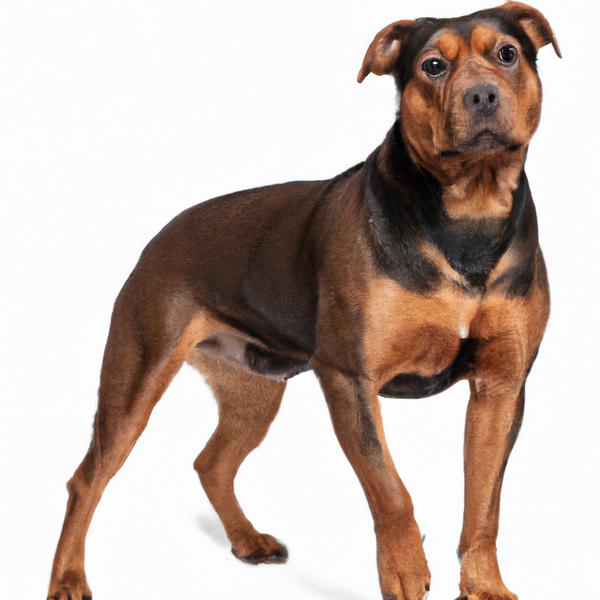
Pitweiler
Bullwhip vs Pitweiler
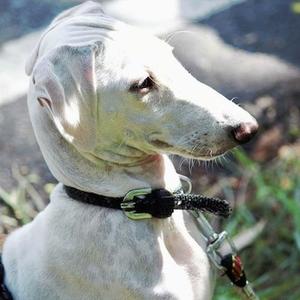
Mudhol Hound
Bullwhip vs Mudhol Hound
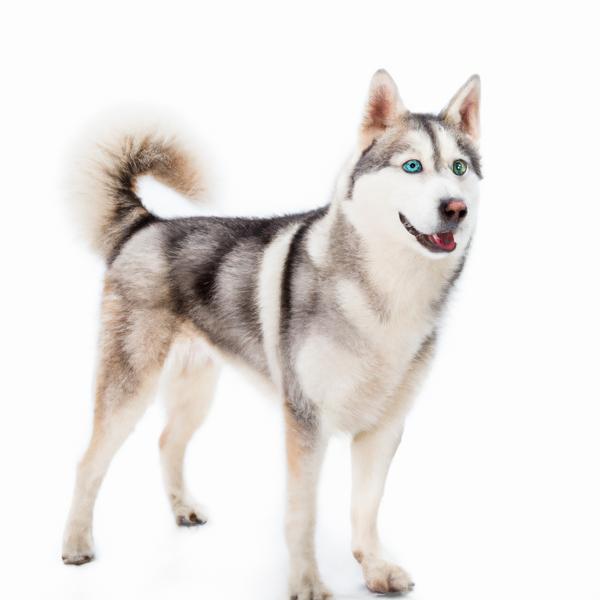
Siberian Husky
Bullwhip vs Siberian Husky
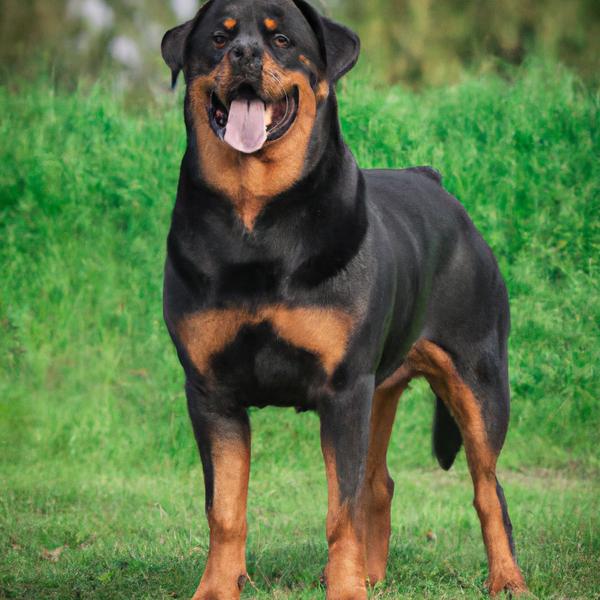
English Mastweiler
Bullwhip vs English Mastweiler
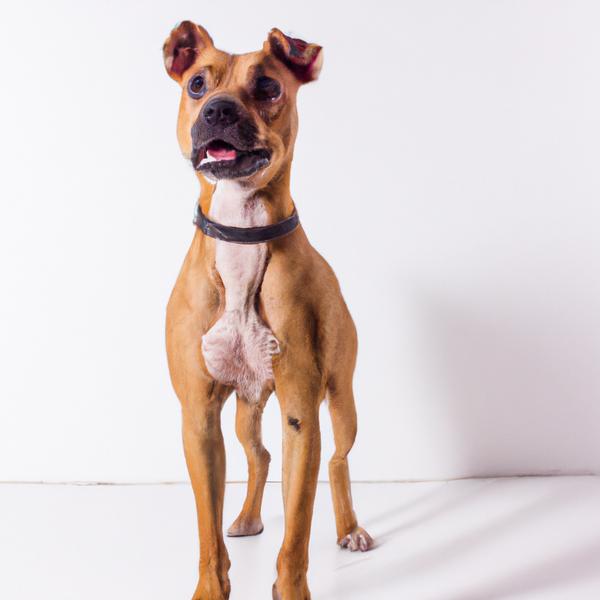
Boxita
Bullwhip vs Boxita
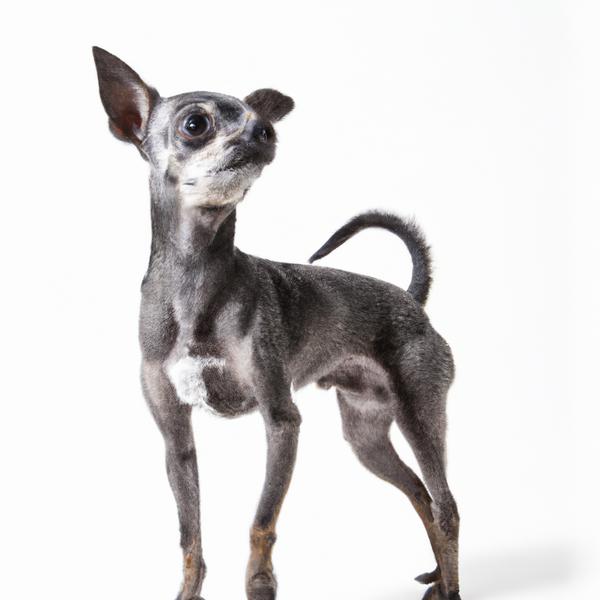
Italian Greyhuahua
Bullwhip vs Italian Greyhuahua
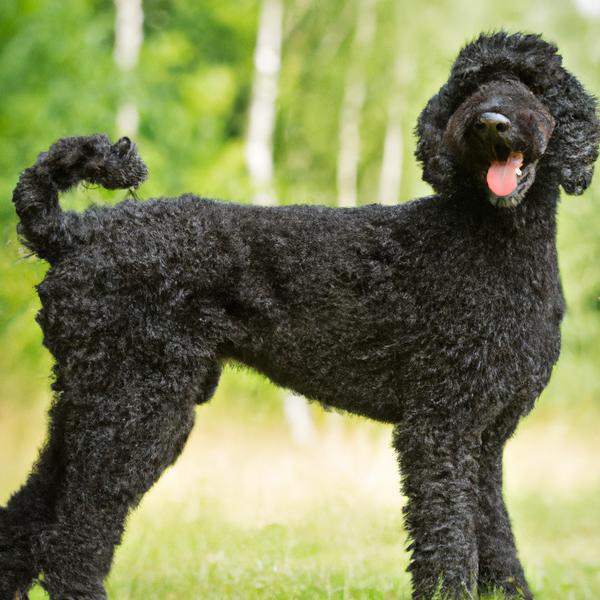
Curly Coated Retriever
Bullwhip vs Curly Coated Retriever
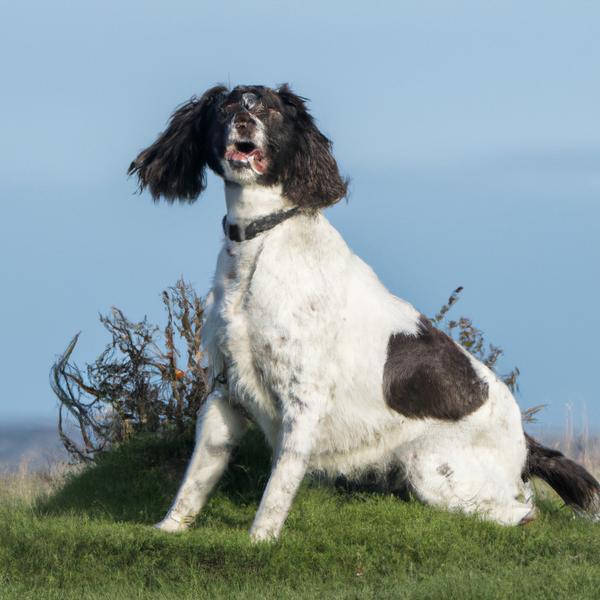
Sprollie
Bullwhip vs Sprollie
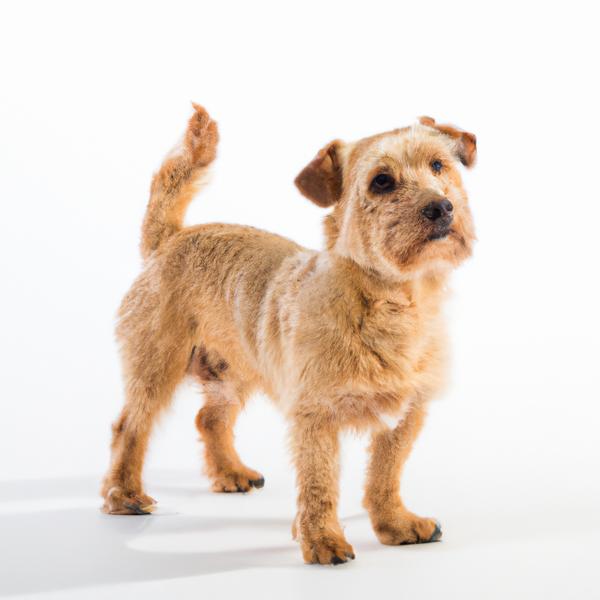
Corkie
Bullwhip vs Corkie
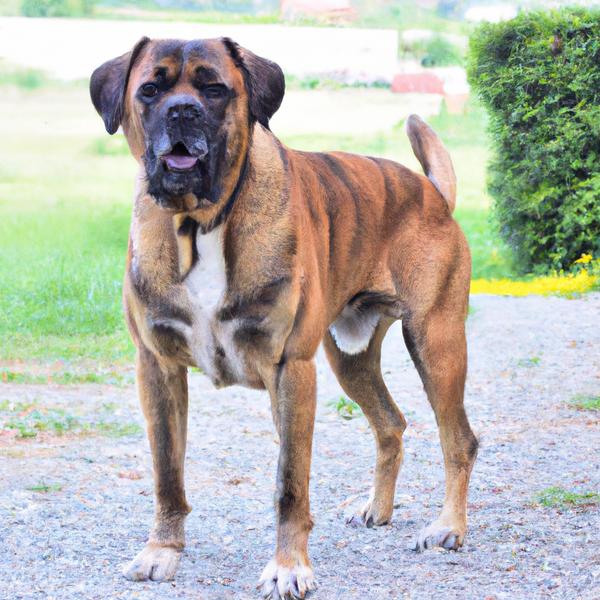
Bologco
Bullwhip vs Bologco
